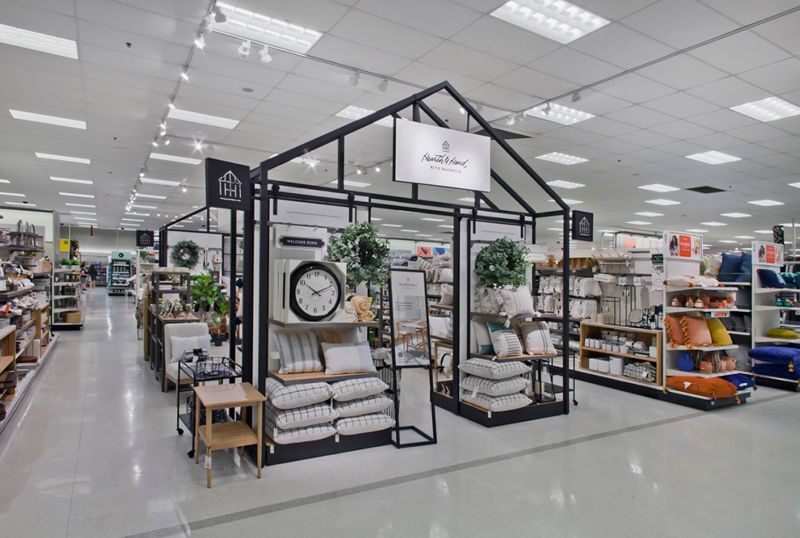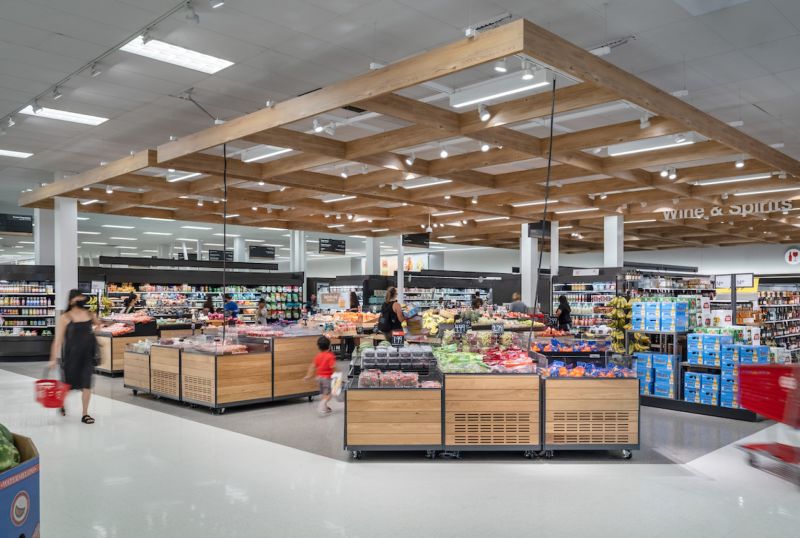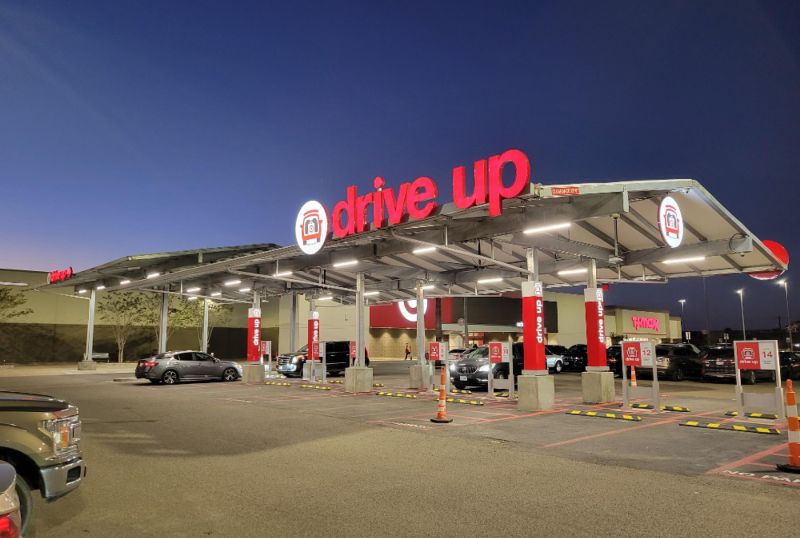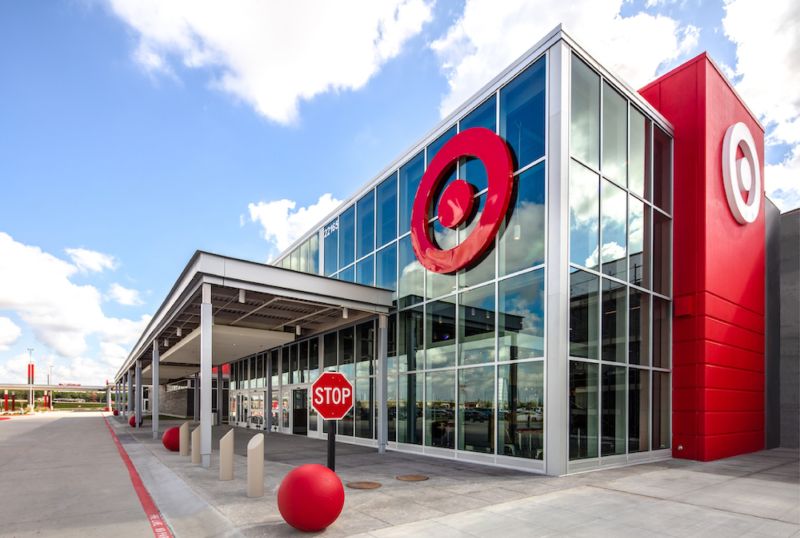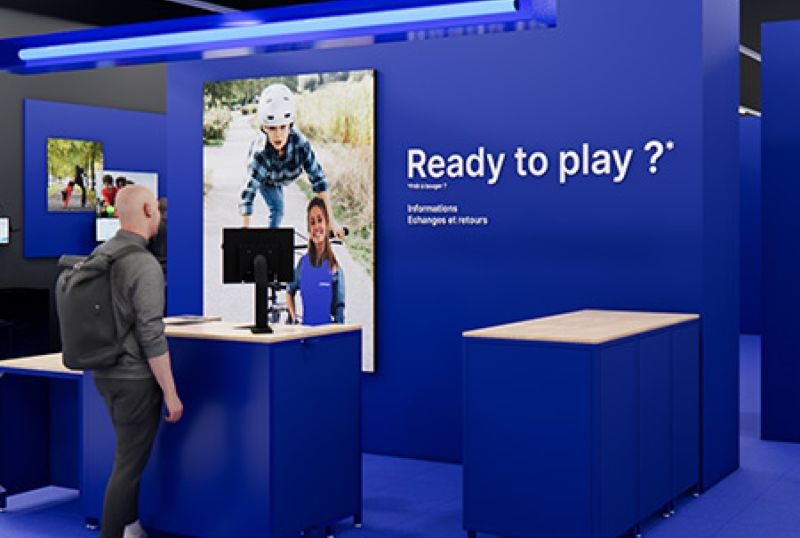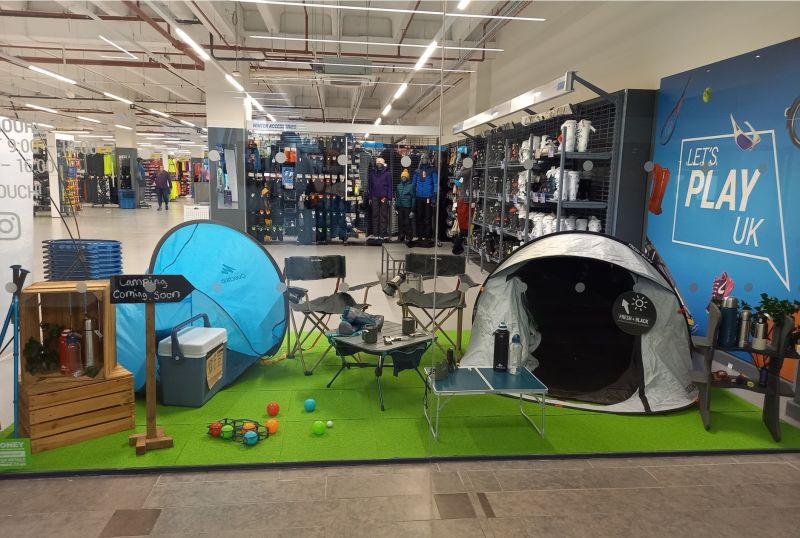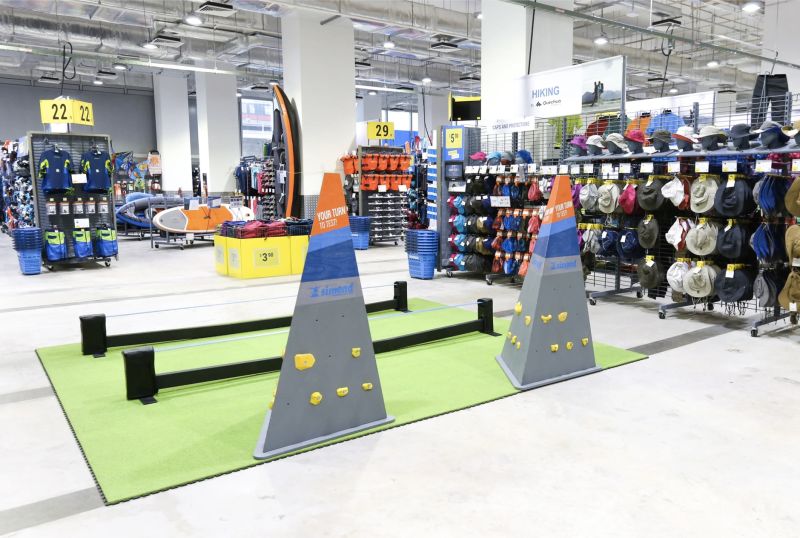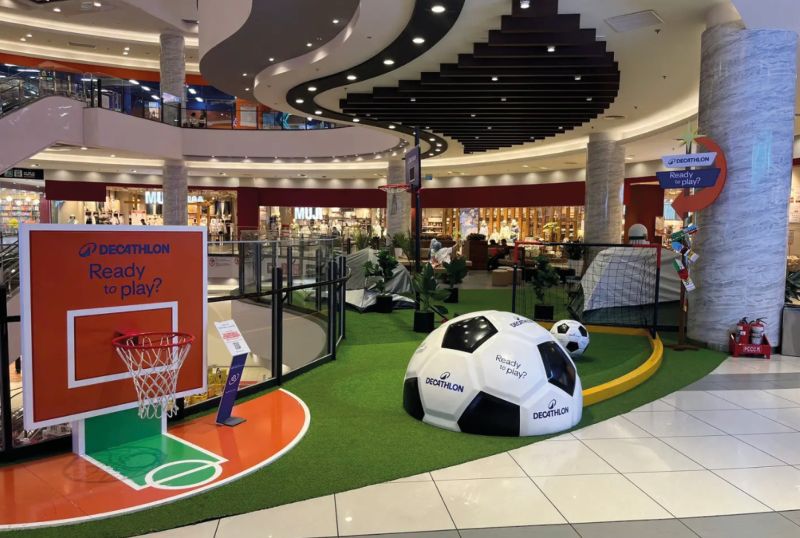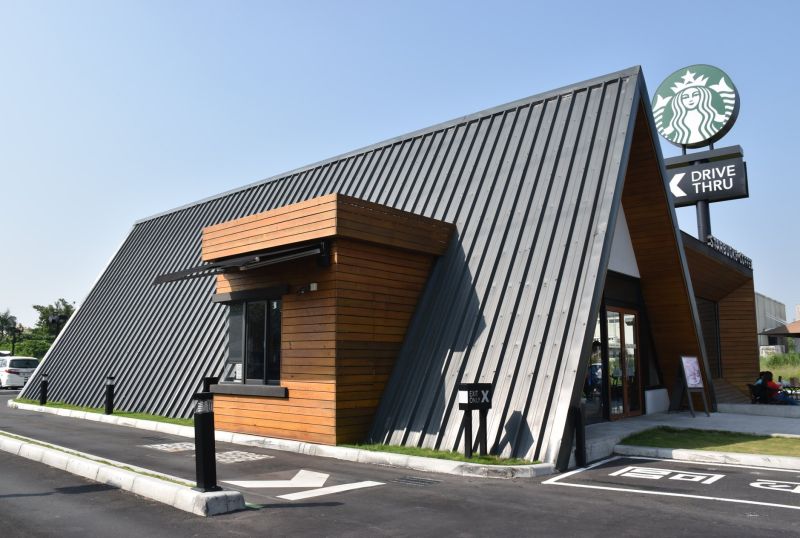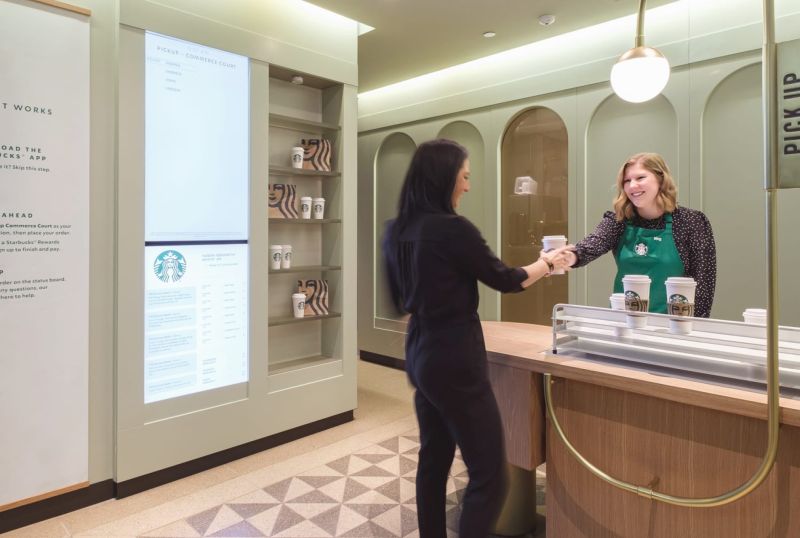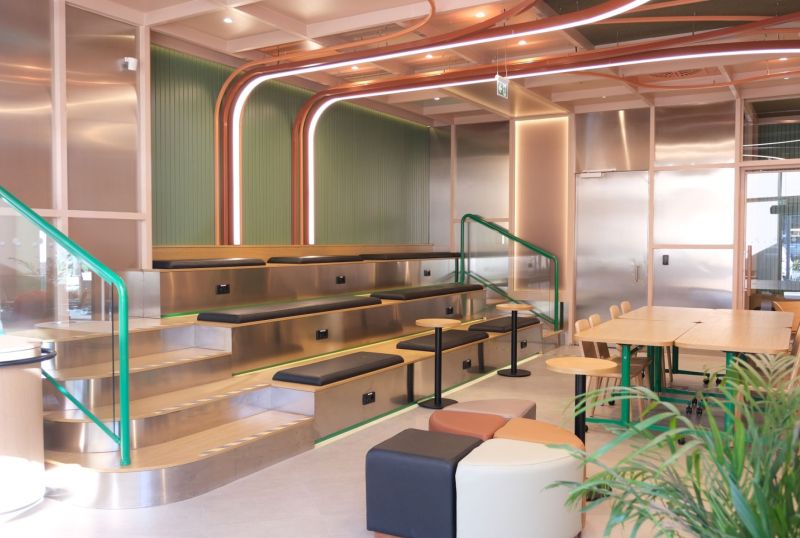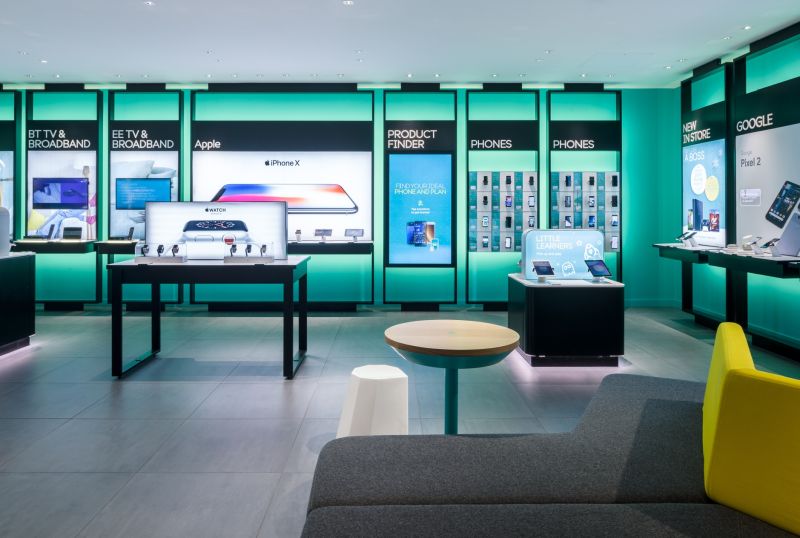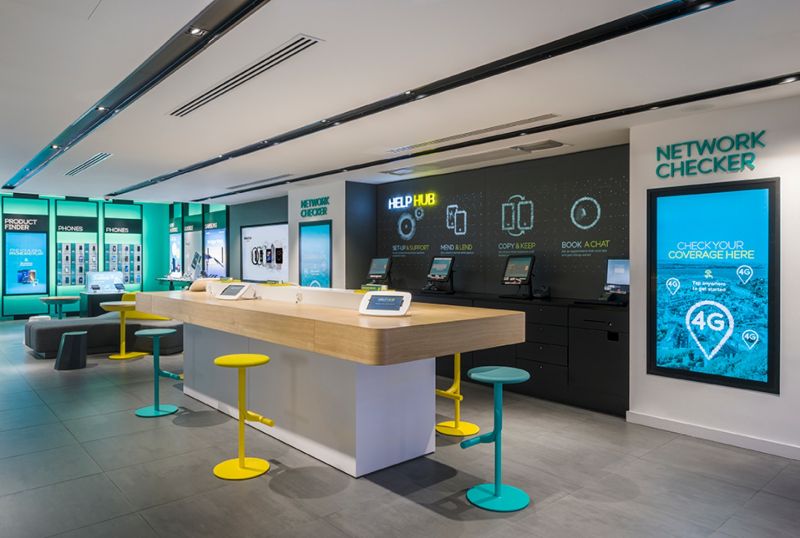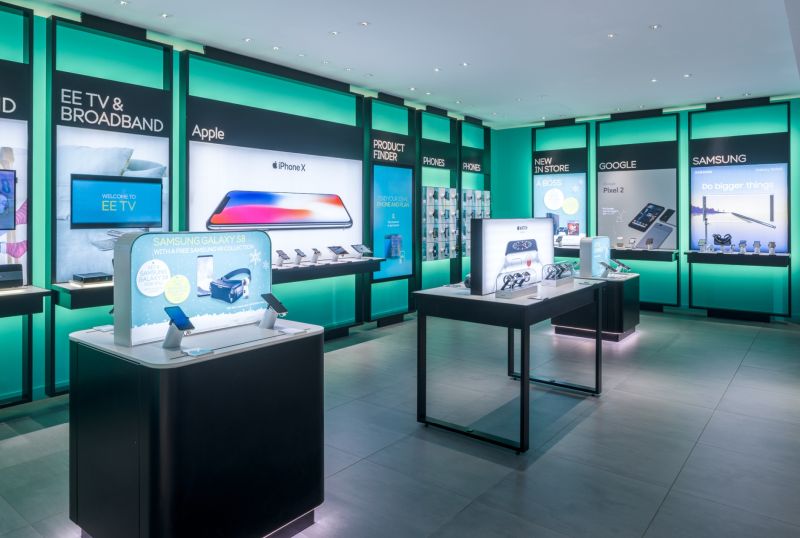Why Retail Strategy loses its way between the boardroom and the shop floor
Every year, retailers waste millions on store formats that fail, not because the strategy was wrong, but because it was untested. The problem isn't vision. It's execution. Somewhere between the boardroom and the shop floor, strategy dies quietly, costing morale, missed targets, wasted CAPEX, and broken customer experiences.
The fastest way to de-risk decisions is to walk through your future strategy before committing eight-figure investments. By combining on-the-ground insights with virtual simulations, leadership teams can identify friction points, align faster, and stress-test strategy, without slowing momentum.
This isn't about colour palettes or floor tiles. It's about building conviction, eliminating costly mistakes, and accelerating business outcomes. Because in retail, a beautiful failure is still a failure—better to catch it before your customers do.
The Gap Between Vision and Execution
The animations are slick, the 2030 vision sounds TED-worthy, but by the time it reaches frontline teams, it isn't very meaningful. Strategy rarely fails in vision; it fails in translation.
According to Forrester, 74% of retail leaders believe they have a clear transformation roadmap, yet only 29% think their frontline teams understand it. That's not a communication gap—it's a belief gap. Posters in back rooms don’t create alignment. Shared experience does.
Strategy is developed in environments of clarity and alignment but executed in environments of complexity and constraint. What feels obvious in the boardroom gets buried under operational pressures, competing KPIs, shifting priorities, and frontline realities. Until people can experience the future, they rarely believe in it.
Behavioural science calls this false consensus bias. Everyone in the boardroom believes they’re aligned because in that room, they are. Then you leave. You’ve got the strategy and expertise, yet transformation stalls.
We've seen this firsthand: simulating a future store reveals friction points before a single wall is built, saving millions in rework. Strategy isn't failing in ambition—it's failing in application.
Great strategy should be a moonshot—bold and transformational. But your store format? That’s your lunar lander. It needs to survive operational gravity and unpredictable customer behaviour. Too often, formats win boardroom applause but collapse on the shop floor. Strategy should inspire, but the store format has to work.
Flip the Script: Bring Designers to the Boardroom, Not Just the Building Site
Traditionally, retailers hire a management consultancy to craft the vision, chart the roadmap, and obtain sign-off. Only then is design brought in to ‘visualise’ it. It's a corporate blind spot: designers are invited in after most of the critical decisions have already been made, like hiring a personal trainer after the marathon, once the damage is done. At that point, design is treated like decoration—frosting on the cake. But strategy isn't a bake-off, and design isn't frosting.
Design is due diligence. It's a strategic tool that pressure-tests viability and feasibility before commitments are made. When design is embedded early, it puts strategy through its paces while ideas are flexible, uncovers operational risks before rollout, and translates ambition into something walkable, buildable, and believable.
The boardroom doesn't need more post-rationalised decks; it needs pre-emptive friction checks. Great strategy isn't just bold; it's deliverable. Done right, design is a strategic translator—a truth-teller. If you want a store format that survives contact with customers, design shouldn't arrive late. It should co-pilot from day one
Test Strategy Before You Invest
You wouldn’t launch a product without prototyping, so why risk it with a multimillion-pound store format? Virtual design simulations give you a fast, low-risk way to stress-test, refine, and de-risk decisions before they’re set in stone. You’re walking through layouts, flows, signage, operations—before a single brick is laid.
Design simulations can help you…
- Spot friction points early, before they become expensive fixes.
- Create faster alignment between leadership, operations, and store teams.
- Build confidence by replacing guesswork with behavioural insight.
- Save millions by preventing rollout mistakes, without losing momentum.
Simulations are powerful, but they’re even more effective when grounded in real-world insight. The best design partners don’t just walk you through virtual layouts. They sit in boardrooms, spend time with stakeholders across the business, and work shoulder-to-shoulder with store teams, in the aisles, the staff room, and the stockroom. They spot friction others miss because they’re embedded where strategy is made and where it’s lived. When simulations are fed by frontline reality and cross-functional input, the results aren’t just aligned—they’re actionable. Design turns abstract strategy into a tangible experience. You see it, walk it, fix it—before customers do. Alignment doesn’t happen in meetings. It happens when teams can feel what’s coming.
We've learned from translating vision into future formats that when virtual walkthroughs are done well, they can surface blind spots you'd never catch in a boardroom. We've seen staff identify logistical challenges instantly, senior teams challenge assumptions in real-time, and user feedback shape layouts before a single contractor is briefed. You don't need bricks to learn.
Why You Need a North Star and a Steering Wheel
Many strategies have a vision. Fewer have grip. It’s like giving a driver a map but no steering wheel. Companies that elevate design early don’t just refine strategy—they de-risk it and make it tangible.
Design defines where you're headed and builds what gets you there. Not in theory—in aisle 3, with all the mess and momentum intact. Strategy isn’t complete until it’s been walked and tested.
Bringing design in early doesn’t slow down strategy—it prevents it from stalling. It ensures decisions are executable on the shop floor. A strategy you can’t walk through isn’t a strategy—it’s speculation.
Strategy becomes real when you can see it, experience it, and fix it before it goes live. If you haven’t pressure-tested your next format, now’s the time.



